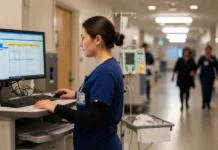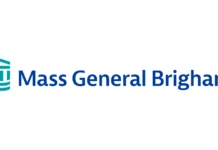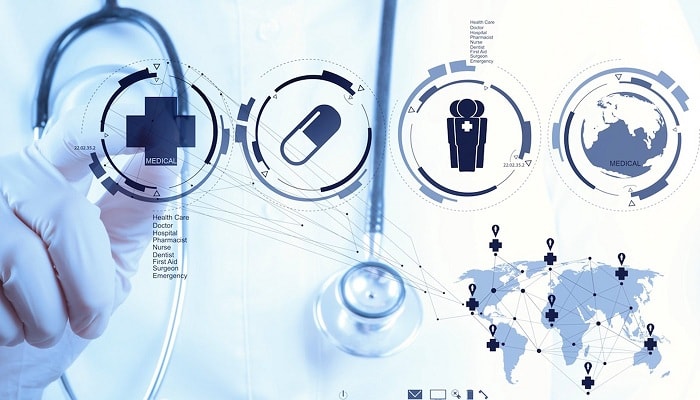Enterprise resource planning is beneficial to all organizations, and in a healthcare environment, the solutions ramp up security and decrease medical malpractice. The applications secure all data and restrict access according to each case. By reviewing how the ERP works in the healthcare industry, administrators may consider the new designs to remain compliant with federal regulations.
Streamlined Access to Medical Files
The enterprise resource planning solution streamlines access to healthcare records and helps workers open the files according to security clearances. When setting up permissions, the administrator assigns login credentials for each of the healthcare workers based on their role in the organization and their employee level. The user accounts define what records are visible to the workers and who can change patient information. Medical center administrators can contact a vendor to see RFP templates and solution features.
Maintaining Patient Confidentiality
Patient confidentiality is vital to all healthcare organizations, and solutions prevent anyone from seeing client data without authorization. Workers who are assigned to new clients during admissions or emergency room stays remain on the case until the person is transferred out of their department. Another healthcare worker cannot access the files without proper authorization. If a doctor needs a consultation on a case, the new physician needs credentials to see the patient’s information.
More Accurate Billing and Expense Monitoring
Medical billing and expense monitoring can become a hassle for healthcare workers. Each client generates costs, and the billing department must track how much of these expenses the policyholder’s health insurance will pay and how much is the patient’s responsibility.
If the person exceeds the coverage amount, the clerks can inform the client about the costs and set up alternative payment methods. This prevents outstanding balances and ensures the medical center is paid without starting collection efforts.
Easier Ways to Share Data With Other Departments
File sharing features streamline the process of sending medical data to different departments as the person is transferred. These connections must offer robust security procedures to prevent unauthorized viewing, changing, or transfer of medical information and block outsiders. The ERP offers secure file-sharing applications that require user account authentication for any department and workers. Workers without proper clearance cannot access the transferred healthcare records.
Enhancing Patient Safety
Access to medical files can leave the individual vulnerable, and errors cause avoidable injuries. By limiting access to healthcare professionals assigned to the individual, the medical center can reduce errors and inaccuracy that cause injuries and fatalities.
Portable workstations in patient rooms require the workers to log into the system to access the data. Once the worker has completed updates, the system is locked to prevent other parties from entering the room or department and altering the data. The security measure prevents unethical use of data and keeps clients safer during hospital or medical center visits.
Healthcare centers need enterprise resource planning solutions to manage IT systems throughout the facilities. Data security and the safety of all individuals seeking healthcare services. The ERP solution secures each department and requires user accounts for workers to maintain the integrity of medical data, prevent unauthorized use, and streamline access.
In a healthcare environment, clients are assigned on a case-by-case basis, and only the medical professionals assigned to the case should have access. By reviewing how effective ERP manages healthcare systems, administrators can learn more about streamlined processes and keeping everyone safer.


















